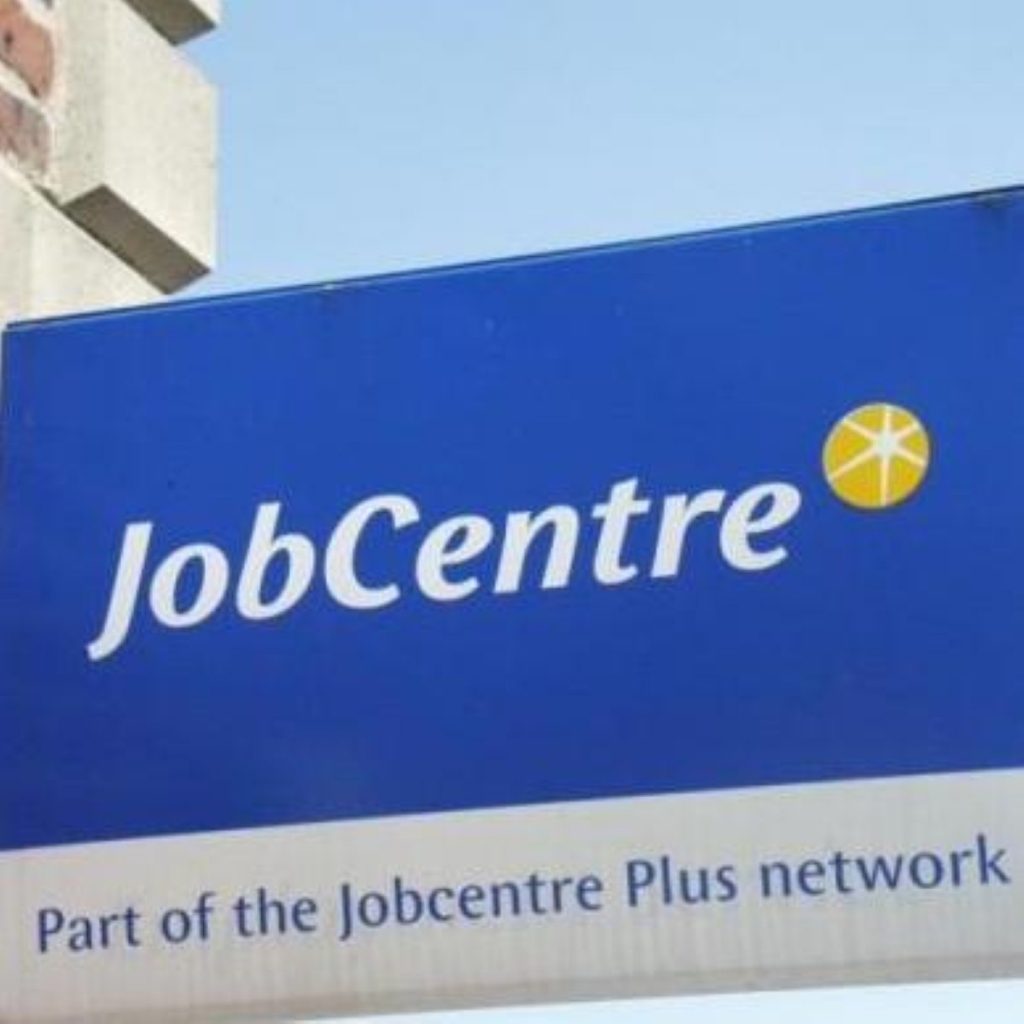Rise in unemployment – and employment
New official labour market statistics have shown a rise in the level of unemployment, but this is countered by a rise in the overall level of employment.
The figures also show a rise in the number of job vacancies, a small fall in the number claiming unemployment benefit and unchanged growth in average earnings.
Overall, the number of unemployed people rose by 22,000 over the quarter, but in the last month there was a drop in the claimant count of 700 to 813,300.
The number of people in work rose to a record high of 28.57 million, up 127,000 on the three months to October 2004.


Minister for Work Jane Kennedy said the figures are evidence of the Government’s success in getting people back to work.
Ms Kennedy said: “More people are moving from welfare back into work, with employment up over 200,000 in the last year and by over two million in the last eight years.
“The number of people claiming incapacity benefits is now falling, reversing the upward trend of the previous two decades. The last year has seen unemployment reach its lowest level for thirty years, and the number of lone parents on benefit has continued to fall.”
She added that the long term target was to have an employment rate equivalent to 80 per cent of the working age population.
But Shadow Chancellor Oliver Letwin choose to focus on the manufacturing data, which showed over one million jobs have left the sector since 1997.
Mr Letwin said: “These figures are truly disturbing. Under Mr Blair there have been 66 new stealth taxes and 15 new regulations have been imposed on business each working day. Now one million manufacturing jobs have been lost.
“In the last three years of Conservative government manufacturing employment rose by 150,000. Under Mr Blair it has plummeted. It is little wonder that we are now 11th instead of 4th in the international competitiveness league.”

